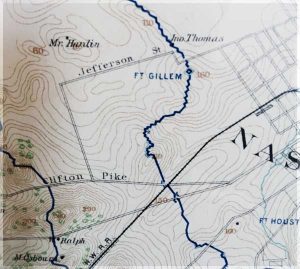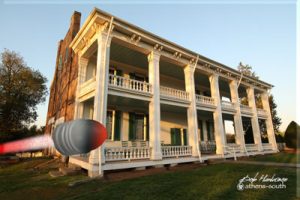The Last Brown Water Navy Gunboat:
Vicksburg National Battlefield Virtual Tour
3201 Clay Street, Vicksburg, MS 39183

Torpedoed in 1862, and raised a half century later, the U.S.S. Cairo is the only remaining American Civil War vessel remaining of the vast river Brown Water Navy. Seven City Class riverboat monitors were requisitioned in the summer of 1961. They were constructed in 100 days at a cost of about $100,000 each. All other river monitors were lost for scrap metal during WWI.
Take a look inside of the reconstructed warship in 3D, and follow the rest of the Vicksburg National Battlefield virtual tour on the Google Maps portal below the virtual gunboat tour.
Suggested reading on the significance of this fighting force through a biography of one of it’s front-line commanders: Lt. Cdr. Le Roy Fitch. An unsung naval leader that in many ways, founded inland waterway insurgency tactics.
#vicksburg
| Tonnage: | 512 |
| Length: | 175 ft (53 m) |
| Beam: | 51 ft 2 in (15.60 m) |
| Draught: | 6 ft (1.8 m) |
| Propulsion: |
|
| Speed: | 4 knots (7.4 km/h) |
| Complement: | 251 officers and men |
| Armament: | (see section below) |
| Armour: |
|




